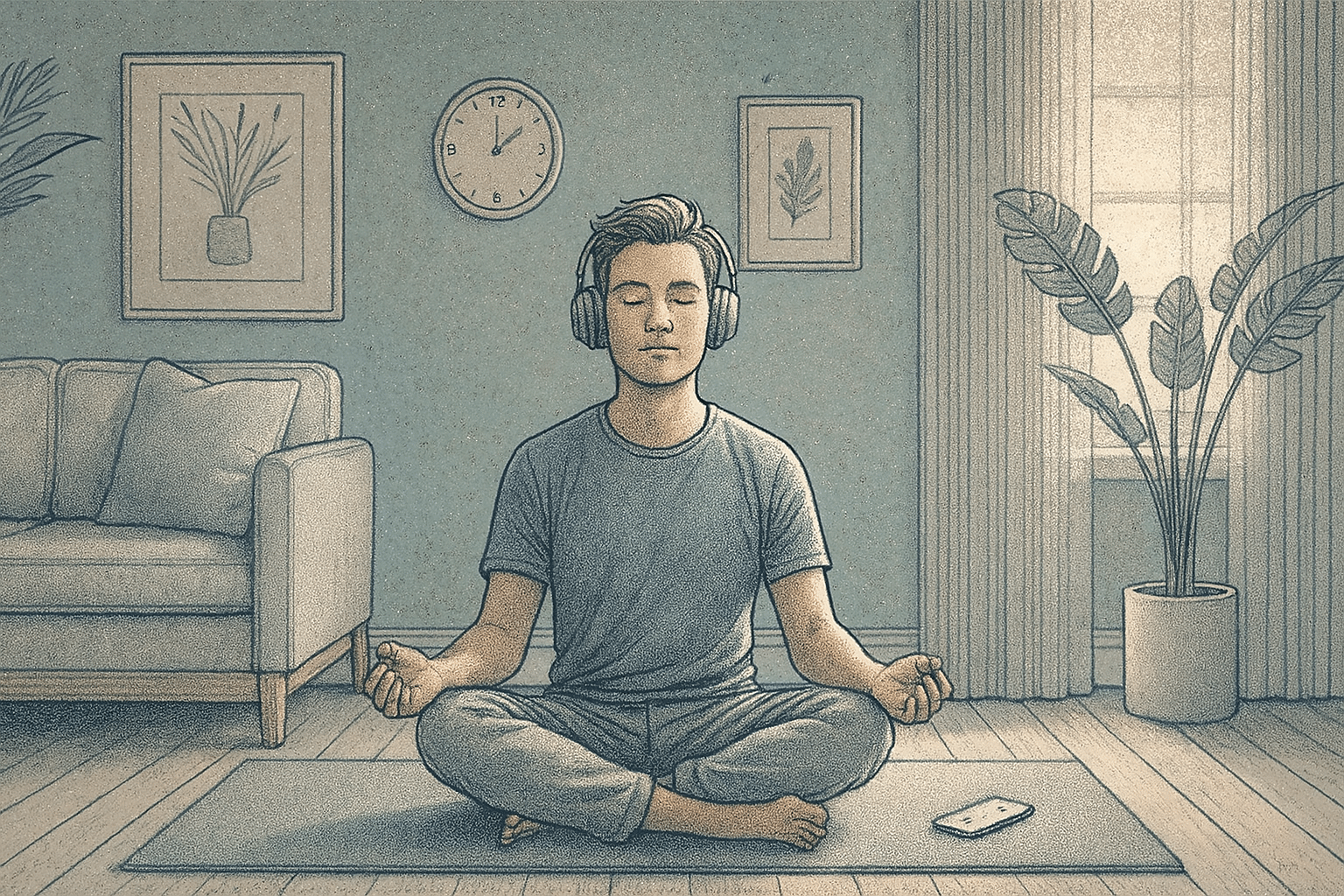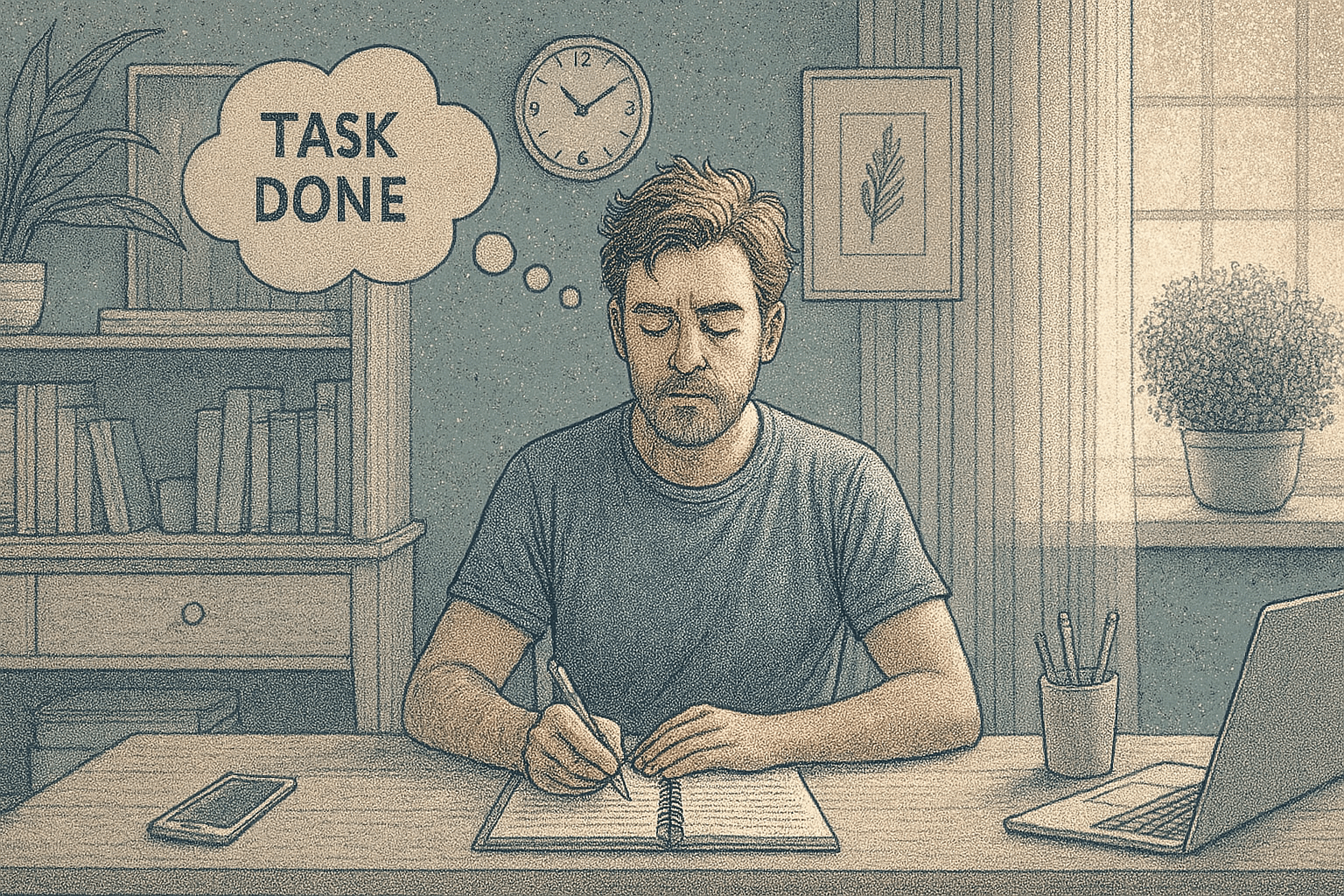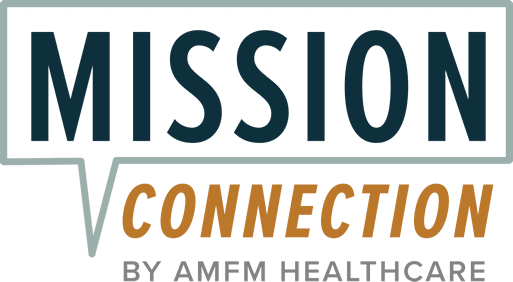
Key Takeaways
- Mindfulness exercises can significantly improve attention, focus, and emotional regulation in people with ADHD when adapted to accommodate their unique brain functioning.
- Movement-based mindfulness practices like walking meditation and mindful fidgeting work better for many ADHD brains than traditional seated meditation.
- Short, structured exercises like the 5-4-3-2-1 sensory technique and three-breath resets can provide immediate benefits without overwhelming attention spans.
- Building a sustainable mindfulness practice with ADHD requires starting small, using technology effectively, and focusing on progress rather than perfection.
- Mission Connection Healthcare delivers expert, adaptable ADHD care with hybrid in-person and telehealth programs, daily therapy groups, medication management, and individualized plans. We integrate mindfulness and other evidence-based treatments that fit your schedule and needs.
Why Traditional Mindfulness Doesn’t Always Work for ADHD Brains
Traditional mindfulness often fails for ADHD brains because it asks for long, steady attention and quiet noticing of mind-wandering; skills ADHD’s neurobiology makes hard to sustain. That mismatch usually breeds frustration and self-blame, not calm. Mindfulness that works for ADHD uses movement, very short practices, clear structure, and immediate feedback so the mind can engage without getting punished for wandering.
| Mission Connection: Outpatient Mental Health Support Mission Connection offers flexible outpatient care for adults needing more than weekly therapy. Our in-person and telehealth programs include individual, group, and experiential therapy, along with psychiatric care and medication management. We treat anxiety, depression, trauma, and bipolar disorder using evidence-based approaches like CBT, DBT, mindfulness, and trauma-focused therapies. Designed to fit into daily life, our services provide consistent support without requiring residential care. Start your recovery journey with Mission Connection today! |
5 Quick Mindfulness Exercises Perfect for Those with ADHD
1. The 5-4-3-2-1 Sensory Grounding Technique
This exercise engages multiple senses simultaneously, making it perfect for the ADHD brain that craves stimulation. When feeling overwhelmed or scattered, identify: 5 things you can see, 4 things you can touch, 3 things you can hear, 2 things you can smell, and 1 thing you can taste. This multi-sensory approach naturally engages the brain’s preference for novel stimuli while creating present-moment awareness.
The beauty of this technique is that it can be done anywhere without anyone noticing, like during a meeting, before a test, or whenever your focus starts to drift. It works by redirecting attention from internal worries to external sensations, interrupting rumination and bringing the mind back to the present moment.
2. Three-Breath Reset
When a full meditation feels impossible, the three-breath reset offers an ultra-short alternative that still provides benefits. Stop whatever you’re doing and take three deliberate breaths: on the first breath, notice your body sensations; on the second breath, relax any tension you feel; and on the third breath, focus on what needs your attention now. This micro-practice can be repeated throughout the day whenever you notice attention wandering or emotions intensifying.
The key to making this work with ADHD is not expecting perfect focus during those three breaths. Even if your mind wanders during the exercise (which it likely will), you’ll still benefit from the momentary pause and reset of your attention.

3. Body Scan Mini-Break
Take 60 seconds to mentally scan from head to toe, noticing areas of tension, comfort, or neutral sensation. For the ADHD brain, adding a physical element helps; perhaps gently tapping each body part as you scan, or tensing and releasing muscles as you go.
This practice builds interoception, awareness of internal bodily sensations, which research shows is often underdeveloped in people with ADHD. Stronger interoception leads to better emotional regulation and self-awareness, two challenges often associated with ADHD.
4. Mindful Transitions
Task transitions are particularly challenging with ADHD. Mindful transitions involve taking 30 seconds between activities to consciously close one task and prepare for the next. Before ending a task, briefly summarize what you accomplished (even if incomplete). Then, take three breaths while visualizing the upcoming task. Finally, set a clear intention for how you want to approach the next activity.
This practice reduces the cognitive “drag” that happens when the ADHD brain jumps between activities without closure. It also minimizes the working memory load that contributes to overwhelm and procrastination.

5. Thought Labeling Practice
For the ADHD mind that’s constantly generating thoughts, labeling provides structure without resistance. When you notice your mind wandering, simply label the type of thought: “planning,” “worrying,” “remembering,” “judging,” or “creating.” This gentle naming creates a momentary pause between stimulus and response, building the mental muscle of metacognition, or the awareness of your own thinking patterns.
This practice is particularly helpful for reducing the self-criticism that often accompanies ADHD. By labeling thoughts as simply mental events rather than facts, you create psychological distance that leads to greater emotional regulation and reduced reactivity.
Mindfulness for ADHD Executive Functions
Executive functions—planning, working memory, and self-regulation—are often most impacted by ADHD. Mindfulness strengthens these skills through attention training and awareness, much like exercising a muscle. Over time, it can reshape brain pathways for lasting improvement.
Exercises for Improving Emotional Regulation
Emotional dysregulation is common in ADHD. The RAIN method: Recognize, Allow, Investigate, Non-identify, helps process intense emotions by observing them without judgment and remembering they are temporary.
Techniques for Reducing Impulsivity
The STOP method: Stop, Take a breath, Observe, Proceed, creates a pause before acting. This activates the brain’s control center, making mindful choices more natural over time.
Mindful Task Initiation Strategies
The Five Minute Focus technique makes starting tasks easier by committing to just five mindful minutes. This small start often builds momentum to keep going.
Using Mindfulness During Hyperfocus States
Mindful hyperfocus uses timers, breaks, and body check-ins to maintain balance, letting you enjoy deep focus without neglecting needs or responsibilities.
Science-Backed Benefits of Mindfulness for ADHD
Impact on Attention and Focus
Clinical trials show that an 8-week mindfulness training improves sustained attention and cuts ADHD symptoms, with benefits spilling into work, school, and conversations. Neurobiological work links these gains to stronger connections between the prefrontal cortex and networks that regulate mind-wandering.
Changes in Brain Structure and Function
Regular mindfulness practice increases gray matter in the prefrontal cortex and boosts connectivity between regions tied to focus, impulse control, and self-awareness. These changes improve working memory, flexibility, and inhibition, reinforcing the very networks ADHD affects.
Reduced Anxiety and Depression Symptoms
Mindfulness lowers comorbid anxiety and depression in ADHD populations by reducing amygdala reactivity and boosting emotional monitoring. As emotional burden eases, mental energy previously tied up in worry becomes available for attention and self-control.
Mindfulness for ADHD: Why Choose Mission Connection Healthcare?

Managing ADHD comes with a lot of moving parts: anxiety, emotional swings, depression, and day-to-day focus issues. At Mission Connection Healthcare, we approach it with personalized care that adapts to your specific needs. Mindfulness is treated as a part of a wider system that includes therapy sessions, group support, and psychiatric care. That way, everything works together to give you structure, calm, and better emotional balance.
We offer outpatient programs that fit into real-life schedules. With both in-person and telehealth options, it’s easy to get help in a way that works for you. Some days you might want the comfort of a virtual session; other times, meeting face-to-face makes all the difference. Either way, our team is made up of licensed professionals ready to help you build routines, manage symptoms, and develop tools for staying grounded.
We’re also serious about keeping things easy and secure. Our services are HIPAA-compliant, insurance-friendly, and available across California, Virginia, and Washington. With daily groups, one-on-one sessions each week, and access to medication support, everything’s designed to be flexible and sustainable.
Mission Connection focuses on giving you the right blend of mindfulness practices, therapeutic support, and professional guidance to help you feel in control again.
Frequently Asked Questions (FAQ)
How long does it take to see benefits from mindfulness with ADHD?
Many people feel calmer and think more clearly after their first session, but lasting changes in focus, emotional control, and impulsivity usually appear after 4–8 weeks of regular practice. Consistency matters more than long sessions, especially at the start.
Can mindfulness replace medication for ADHD?
Mindfulness can boost focus and self-control, but it doesn’t match medication’s effect on core symptoms in moderate to severe ADHD. For mild cases or those who can’t take medication, it may work well when combined with behavioral strategies and support, always with guidance from a healthcare provider.
What should I do if I keep forgetting to practice mindfulness?
Use external reminders like alarms, visual cues, habit-stacking, or an accountability partner. Apps, smartwatches, and calendar alerts can help. Missing practice isn’t failure; returning to it is part of the process.
Is mindfulness effective for children with ADHD?
Mindfulness can benefit children with ADHD when adapted to their developmental level and presented in engaging ways. Child-focused approaches emphasize shorter durations (often just 30–60 seconds), incorporate movement and playfulness, use concrete language rather than abstract concepts, and often involve parents or teachers as co-participants. Age-appropriate adaptations might include “mindful listening” games with sound bells, “superhero senses” awareness exercises, or “turtle breathing” for emotional regulation.
What types of therapy does Mission Connection Healthcare provide for ADHD and related conditions?
Mission Connection offers individual and group therapy (including mindfulness, CBT, DBT), psychiatric services with medication management, and psycho-educational groups to help adults and young adults manage ADHD alongside anxiety, depression, and other mental health concerns.








